How many items should I have in my fashion range?
How many items should I have in my fashion range?
One of the most common questions I get asked is 'how many items should I have in my fashion range, how many styles + how many units? They often expect some sort of 'standard' or formula they can follow + unfortunately this isn't the case. I could just pick a number that I've seen other people use with success, but in order to really answer this question, the client needs to have a good understanding of their business plan + what they want to achieve. If you've read the blog before, you've probably heard me talk a lot about having a target customer + tailoring your offering to them. This also applies to choosing how many items to have. When deciding on the size of the range, there's a few things to consider. There's a few more advanced techniques in this post, if you're unfamiliar with some of the terminology you are welcome to register free for my Ebook 100 Must Know Fashion Terms. Click here for that.
Consideration #1 What products are you making?
For example, a company who only makes dresses will have a completely different strategy + needs to someone who makes a workwear range. On average, the dress company will start out smaller, as they only have one product category + and can launch with a few styles + test different fits/shapes with their customer. The workwear company will most likely need more styles as they have a wider range of products, dresses, skirts, tops, jackets, trousers, etc. There are more considerations, such as the ratio of the tops vs bottoms (in terms of sales this is very rarely 1:1), how the items are worn together + ensuring there are enough outfit options if you're wanting to do a photoshoot. In terms of having variety to offer customers, this could make the range larger as you test different lengths, for example.
Increasing your brands profits
One of the most successful methods of increasing your company profits is to increase the ATV. What does this mean exactly? Well, the ATV is a way of showing how much on average your customers are spending with you. Generally speaking, it's easier to convert one sale into 2, rather than having to find 2 separate people to buy something. Enter the 'add on sale', a key part of retail strategy. You want to make your range have complimentary items, so that a customer walks out with 2 or 3 items, instead of 1. For example, if you're starting a swimwear label, you might want to introduce a cover up, so that when someone comes in to buy a bikini, they also buy the cover up, thus increasing your ATV + profits. In terms of this relating to the size of the range, it may mean that you add some extra items into your original plan, to ensure there are some 'add on products'.
What is your budget?
I don't like to limit people's ideas too much with budgets, as I know it's possible to have a successful business with only a small initial investment. I started my own successful business with just a £150 investment (approx US$190 - you can learn how I did it in this post if you’re interested), so I don't like to prohibit people from doing things based on their wealth. If you are on a budget, of course there is a need to be cautious + order less initially. I'd still suggest trying a few different designs, but only ordering a minimal amount of each style.
What is the marketing strategy?
You might wonder what this has to do with the size of your range. Let's look at it this way.....if your business plan outlines a huge marketing campaign with lots of advertising, PR + influencer marketing, you will need enough stock to make sure you don't sell out. There's nothing worse than paying to promote a product that you don't have in stock. On the flip side, if you're going to keep costs to a minimum + concentrate on social media marketing, this will require much smaller levels of stock, as it takes time to build a following.
Another thing to consider is that if you want to do a fashion show, or photoshoot, it's in your best interest to have a lot of items, particularly for the catwalk show. Photoshoots + shows are very expensive when done properly, so you want to make sure you have enough product to showcase to make it worthwhile. For example, it'll be a very short fashion show if you only have 10 items + you'll have to sell a huge amount in order to recoup the thousands that you've spent on putting the show together. The other thing to consider is outfits, both of these options require full outfits to be worn, so you need to ensure there's enough options of bottoms vs tops to make this work.
How many sizes are you making?
You might have seen my post a couple of months ago about choosing a size range + the importance of identifying the best size break for your customers (if you've not seen the post you can read it here). The size range you're making also dictates the number of units to order, to an extent. You need to consider all of the sizes you're making + ensure that you've ordered enough stock for each item to be sent to each of your sales outlets, in every size. For example, online, stockists + stores. If you're only making 3 sizes, the minimum number of units you can order is much less than someone who is making 8 different sizes.
How many places will you be selling the range?
As with the point above about the number of sizes you're making, the number of places your stock is being sent to is also a factor in the number of units you order. For example, if you have wholesale orders, an online website + physical shop, you will need to split all of your stock between these outlets. You'll therefore need a lot more stock than someone who is only selling on their website. Do keep in mind that if you're selling on multiple outlets online, for example your own website, Not On The High St, Etsy, Amazon, you will need separate stock allocation for each of these sites + will need to order more than someone who only has their own website. A common mistake I see is people just allocating stock for 'online' + listing the same item on multiple sites, without having the stock to cover all of the sites. If customers order the same item on 4 different sites, you'll have to let some of them down, which is never a good thing.
At the end of the day, you have to decide what size range is best for you, but I hope this post has given you some things to consider + helped you to make a decision. If you're still unsure of how this applies to your business + would like some one-on-one help, my most popular coaching service is now available to book instantly online. This gives you a personalised consulting session with me on the phone, plus a summary email with all of the points we've covered + links to relevant resources if appropriate. If you're interested you can learn more by clicking here.

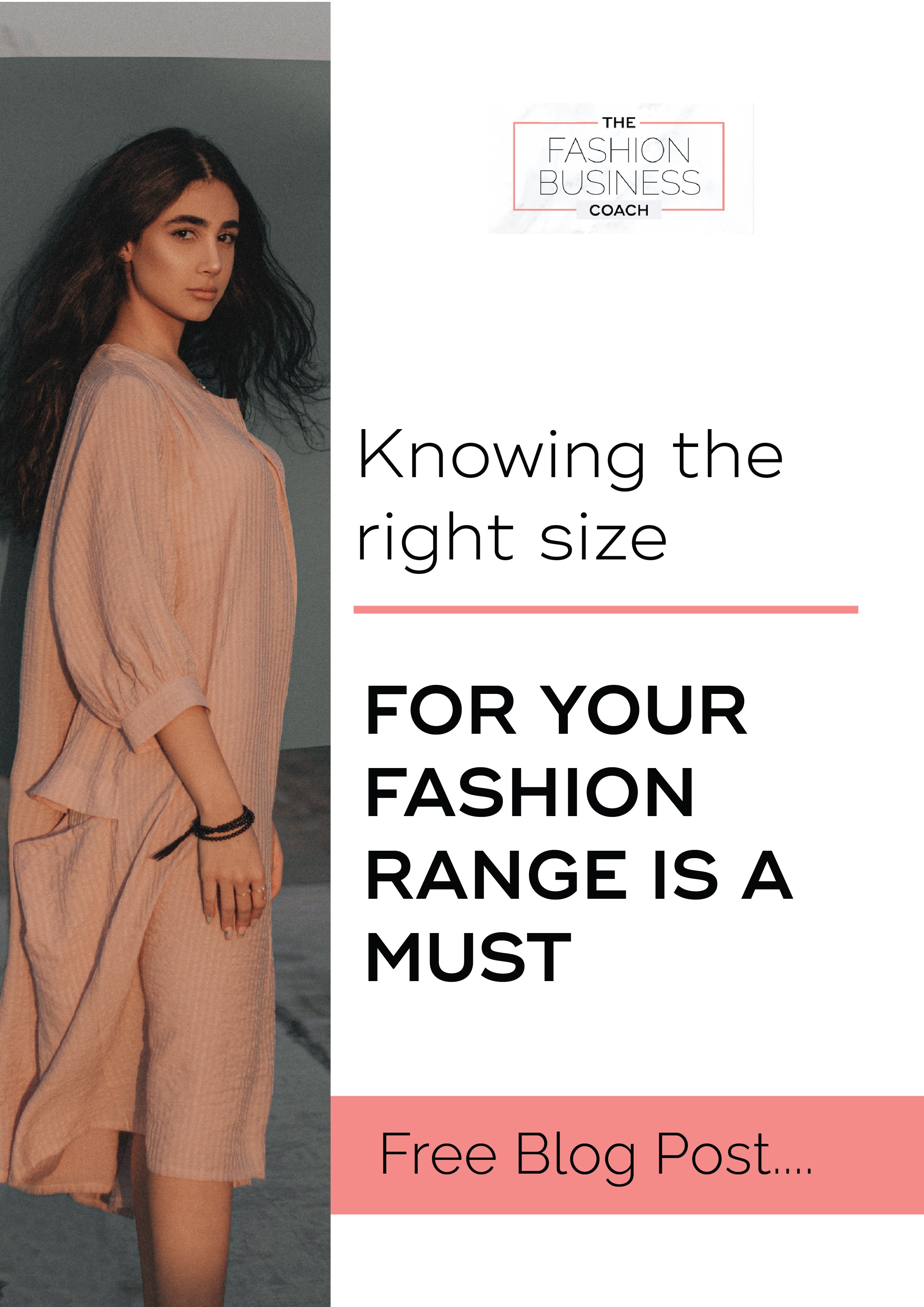
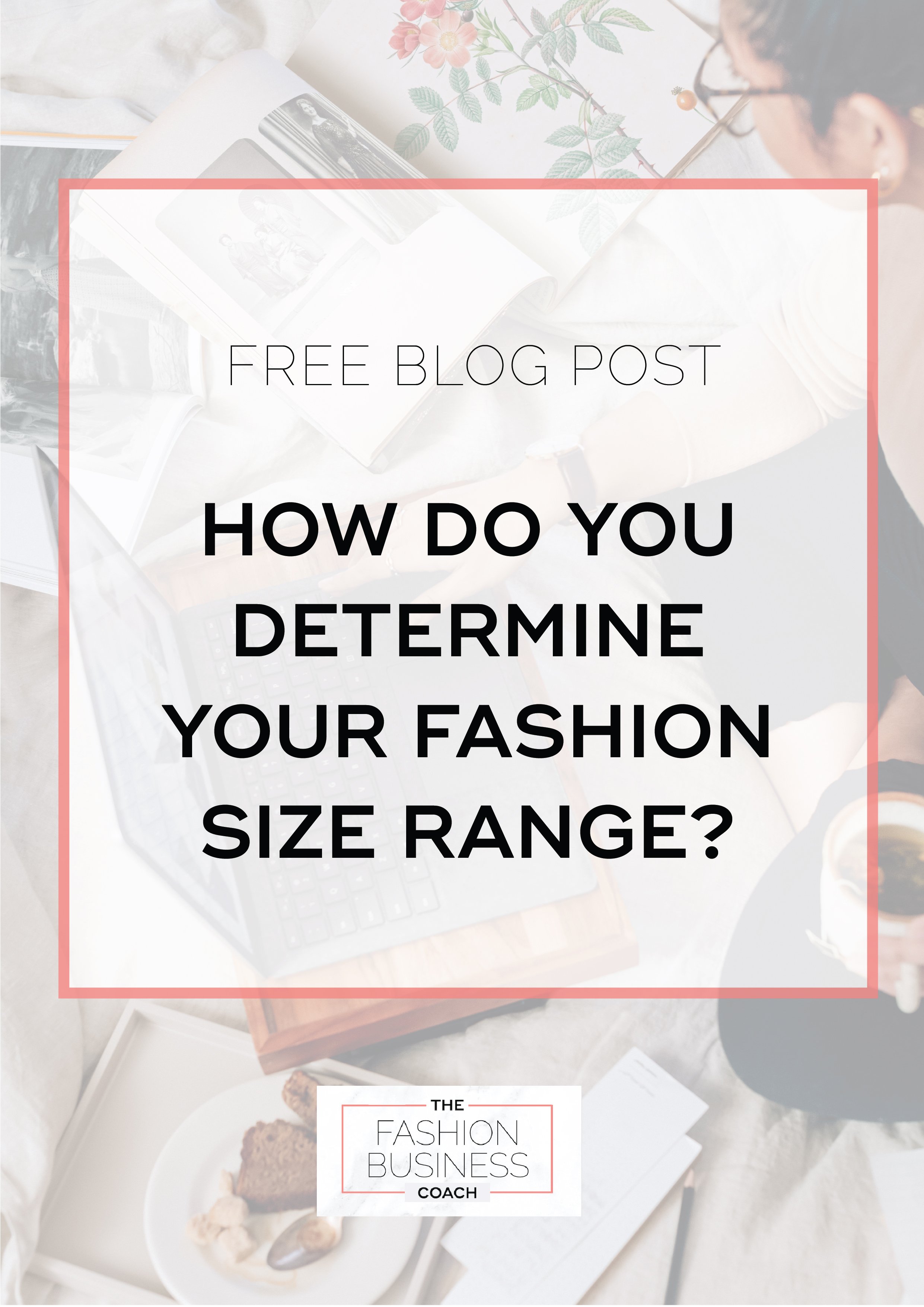
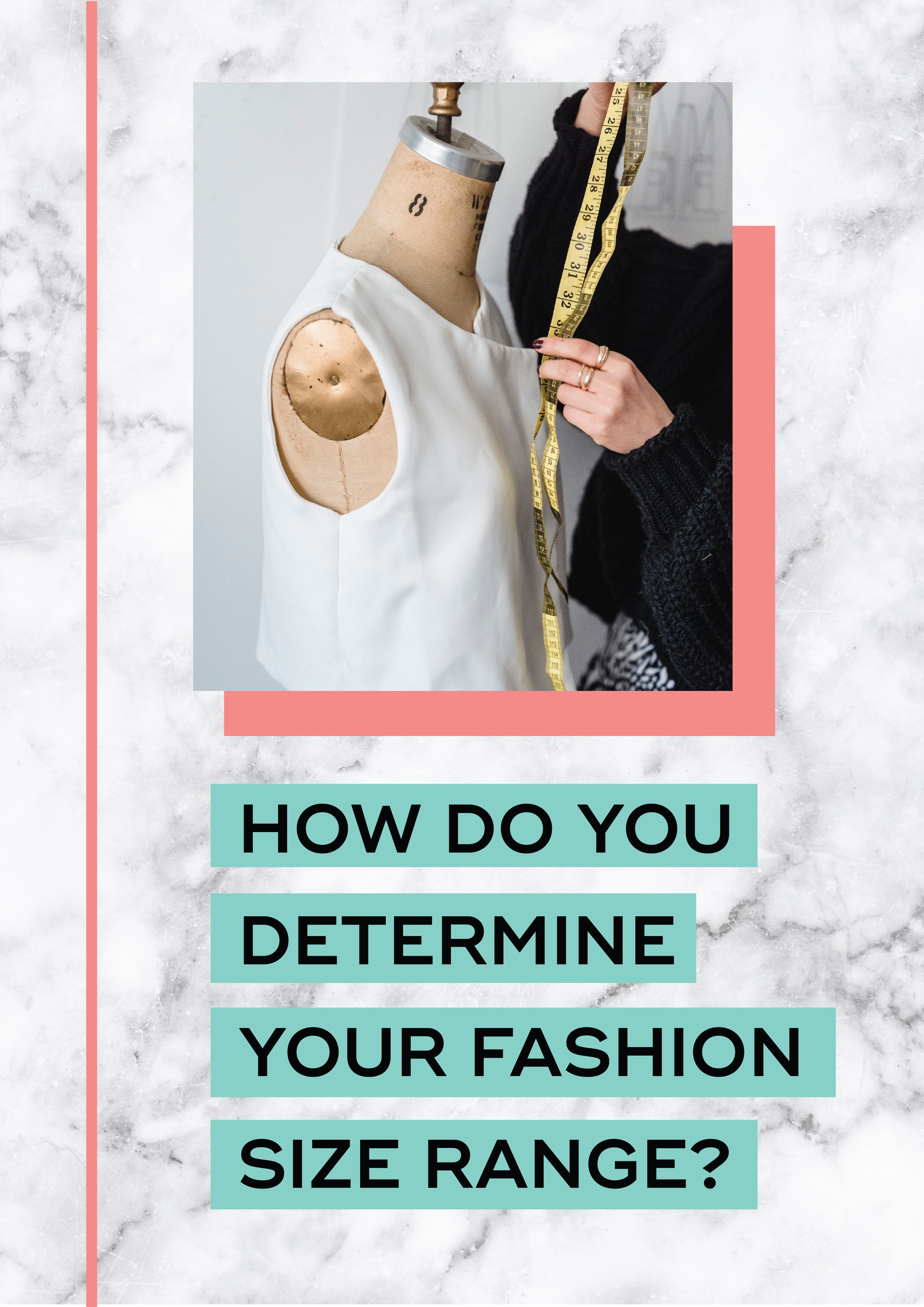
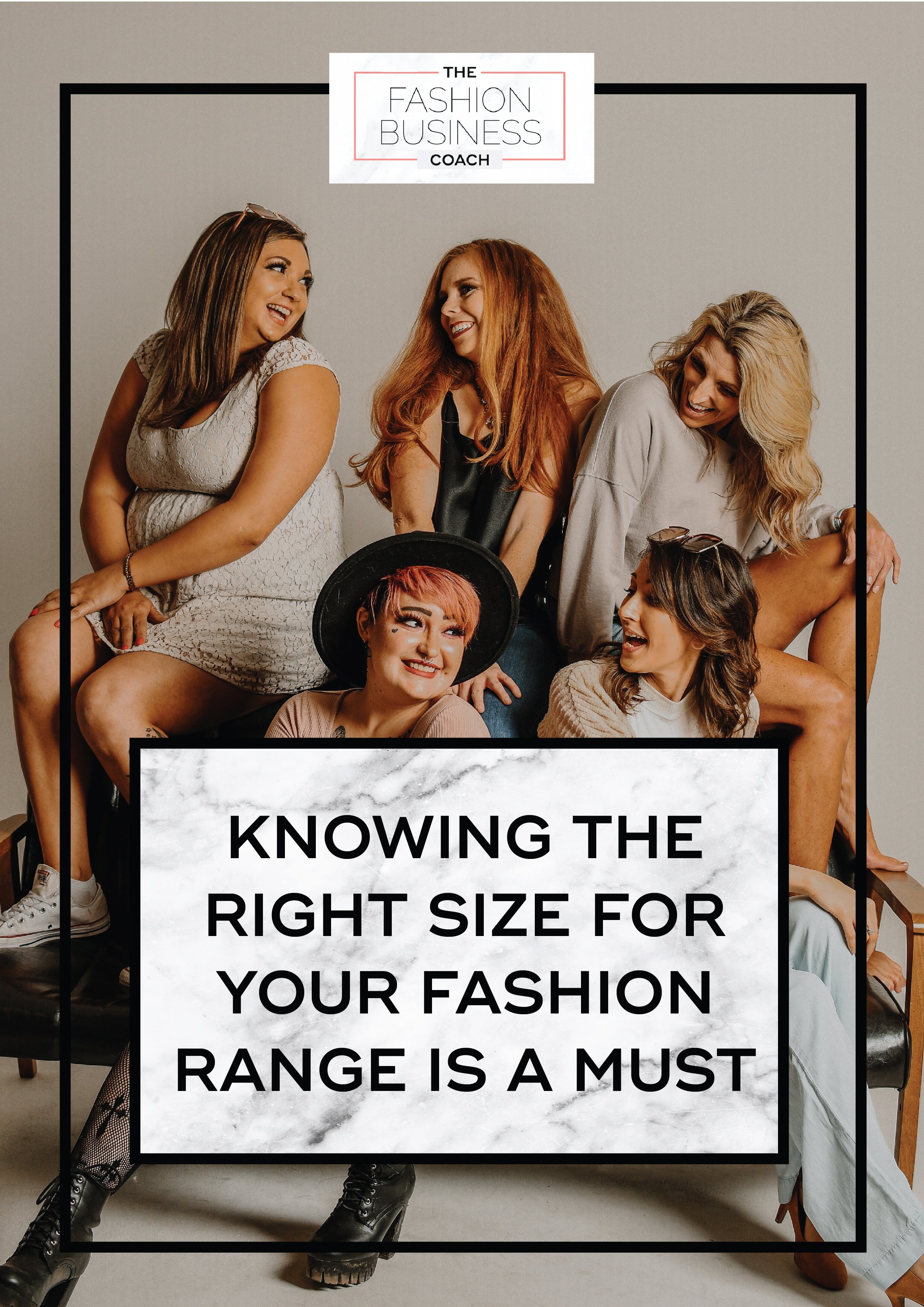

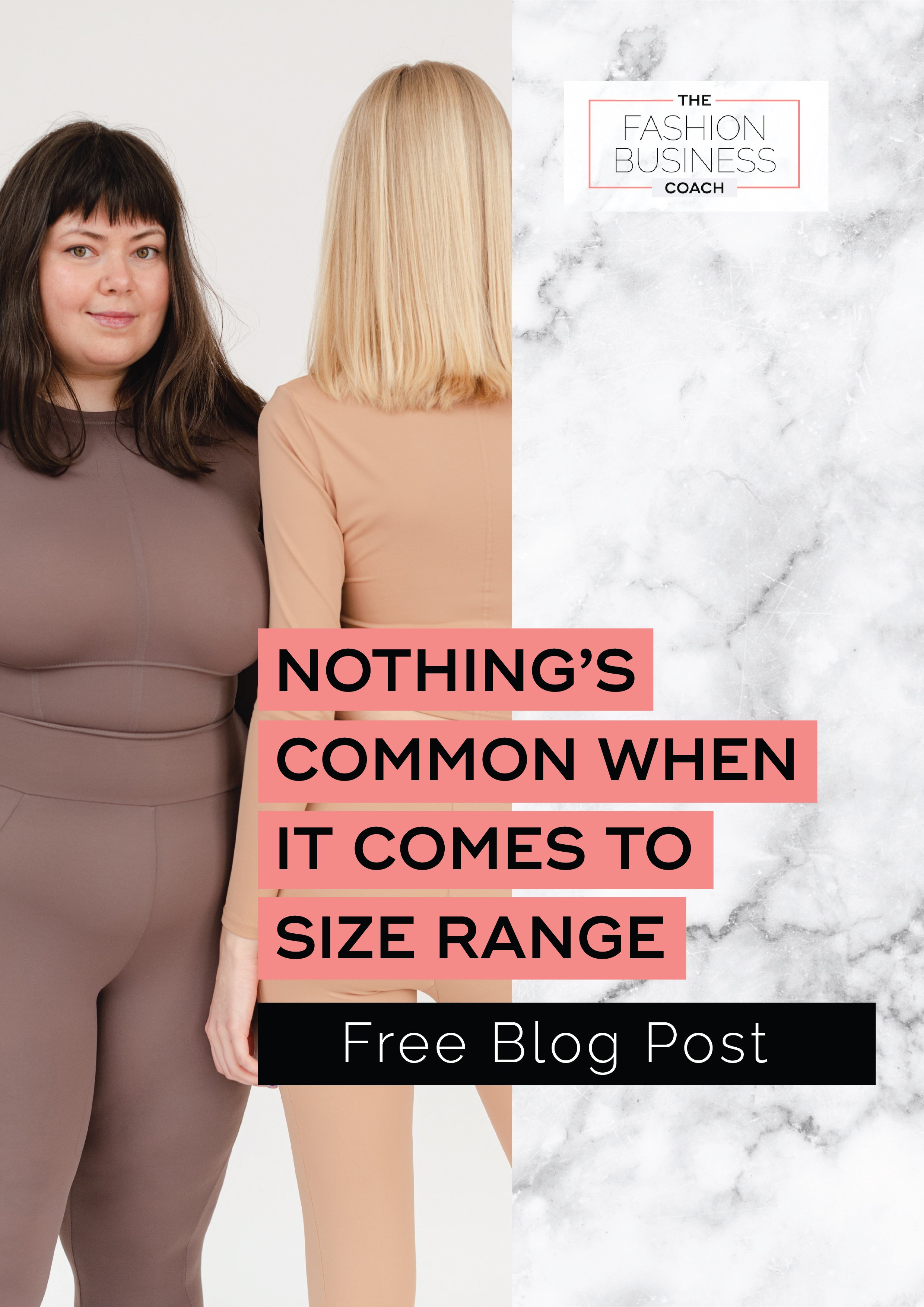
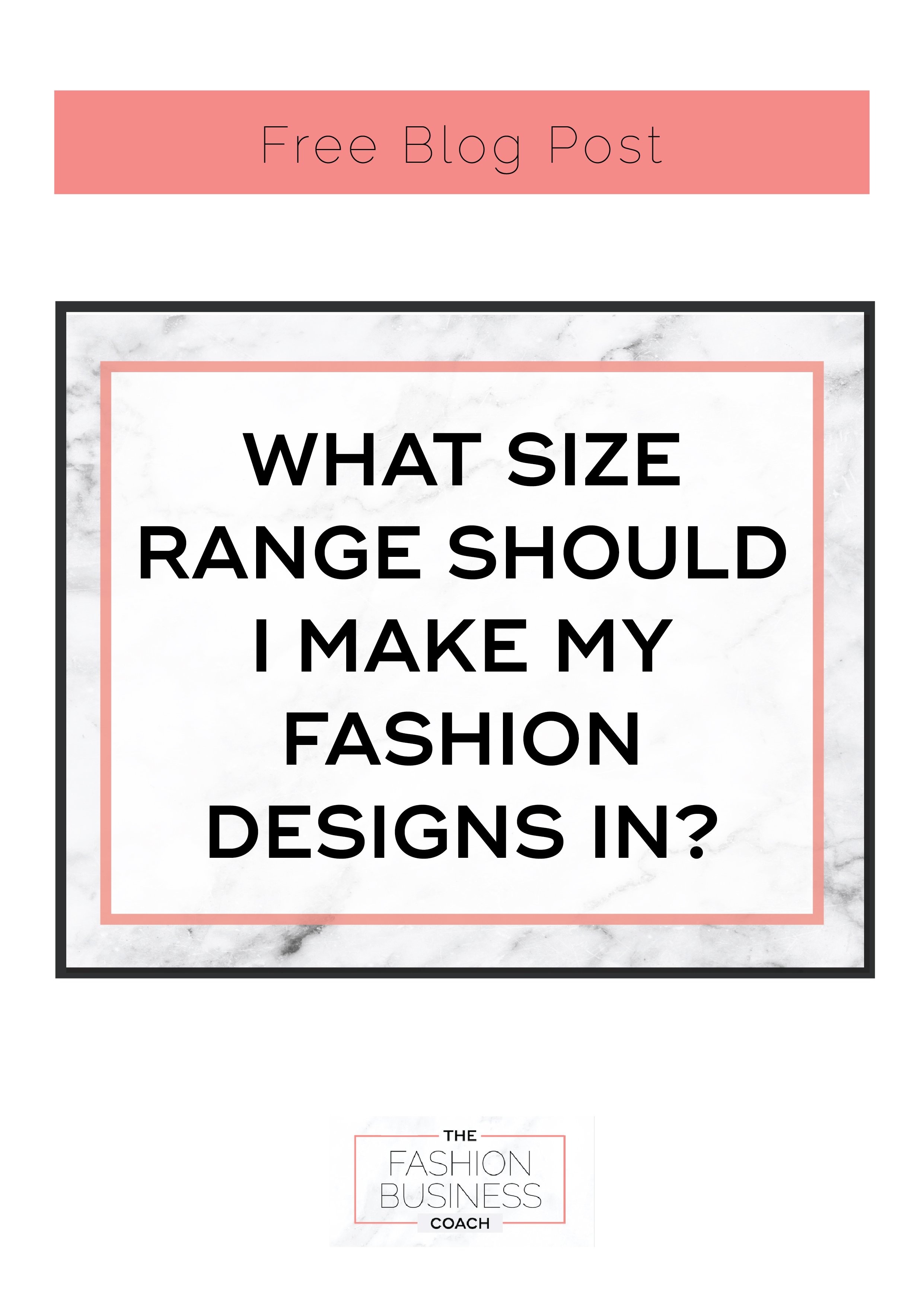

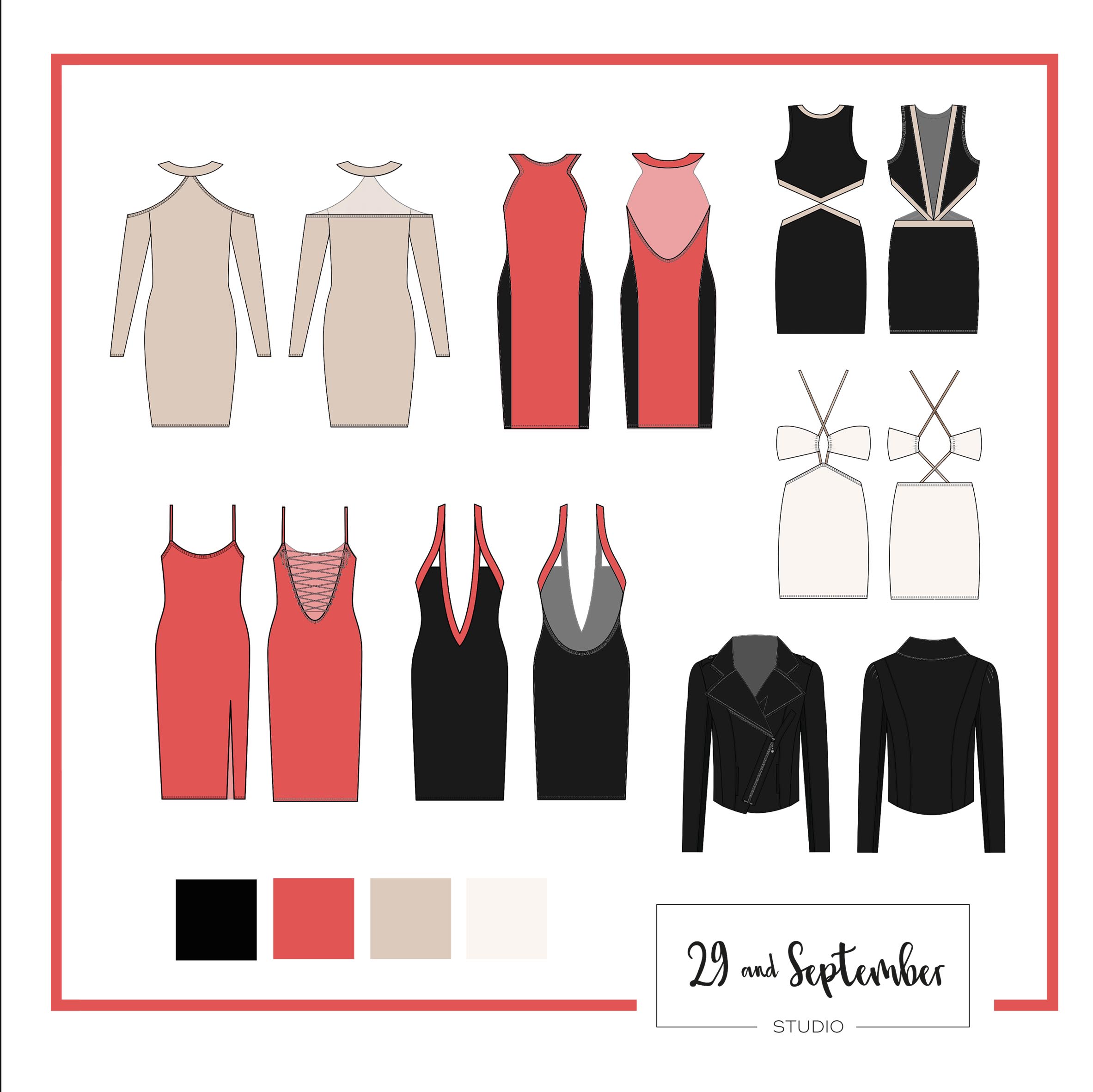















This Womenswear trend is inspired by the Wild West, but levelled up to a high end finish….